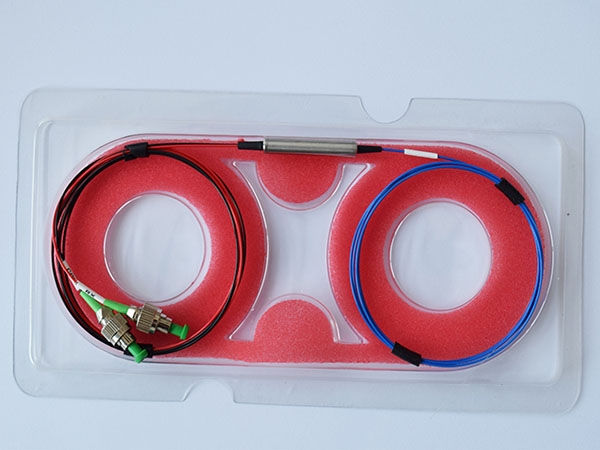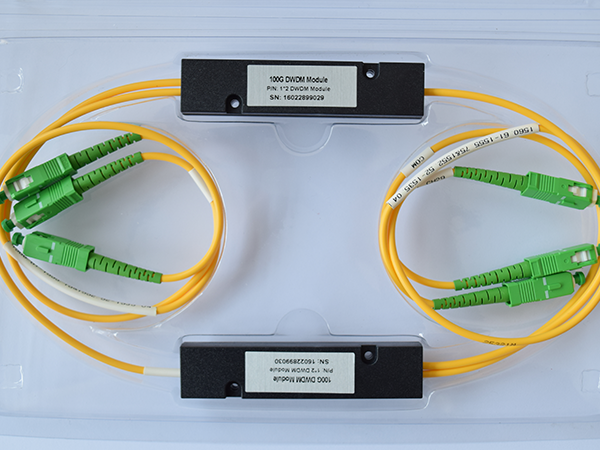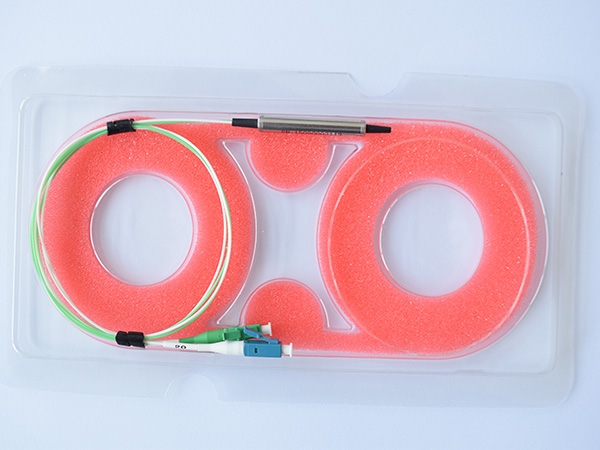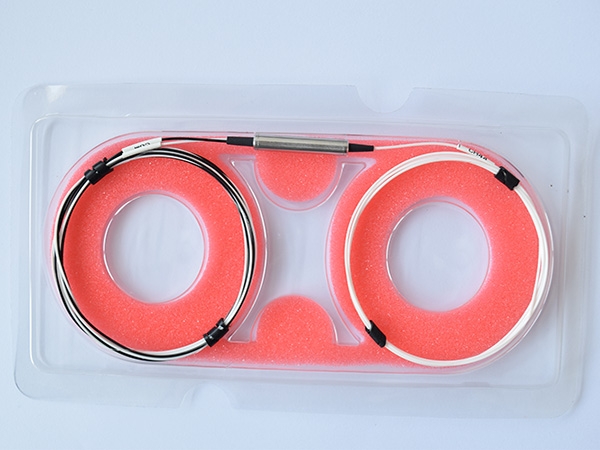Dense wavelength-division multiplexing equipment will gradually be put into use and continue to expand capacity in communication, and the backbone network for communication transmission will use dense wavelength-division multiplexing equipment as the main bearer channel, which is important for 10G metropolitan area network, NGN bearer network and corporate backbone enterprise network. Services provide large capacity, more stable, and protected bearer channels. However, if a fault causes a circuit interruption, it will affect many of the above-mentioned important services. Therefore, how to quickly and accurately locate and handle the WDM device failure will become a top priority.
1, alarm performance analysis The Through the query of the NMS, the current or historical alarm and performance event data are transmitted. Through the indicators of the running status of the cabinet and the board, the status of the running status of the device is known.
The 2, instrument testing method The If the affected service is all services of the primary channel, the spectrum of the OAU and OBU can be analyzed with emphasis; if the damaged service is only one service in the primary channel, the spectrums of the M40 and D40 are mainly analyzed. The 3, loop back method The Software loopback locating faults on a board is the most common and most direct method for fault location. It does not rely on in-depth analysis of a large number of alarms and performance data. The 4, experience processing method The In some special cases, faults can be eliminated and services can be restored in a timely manner by resetting, inserting and removing the board, powering off and restarting the single station, and reissuing the configuration. The above is a brief introduction to the common methods of fault processing of dense wavelength division multiplexing equipment introduced by Lu Chuan Xiao Bian. We welcome you to contact us and we will serve you wholeheartedly.






 扫一扫
扫一扫